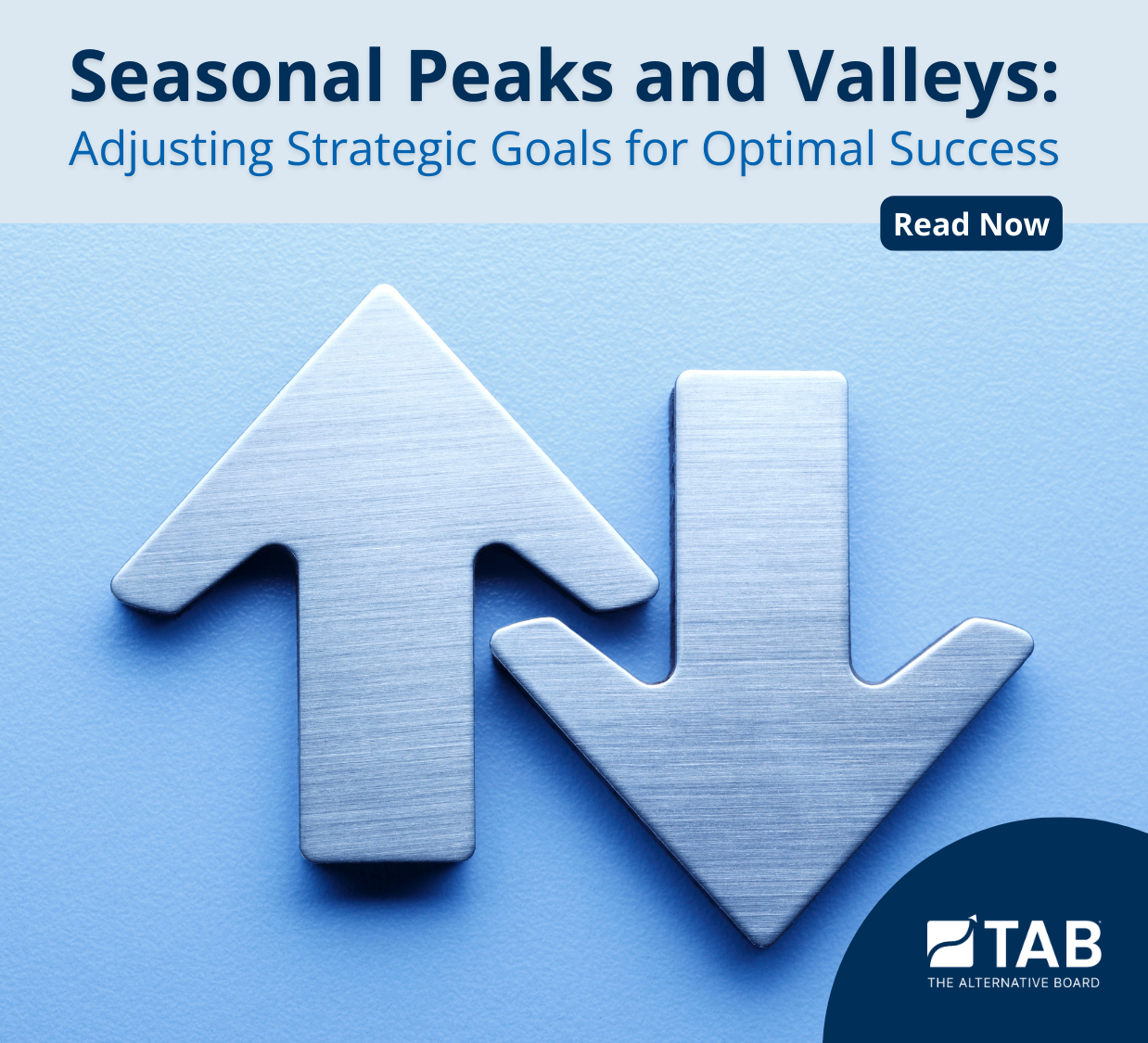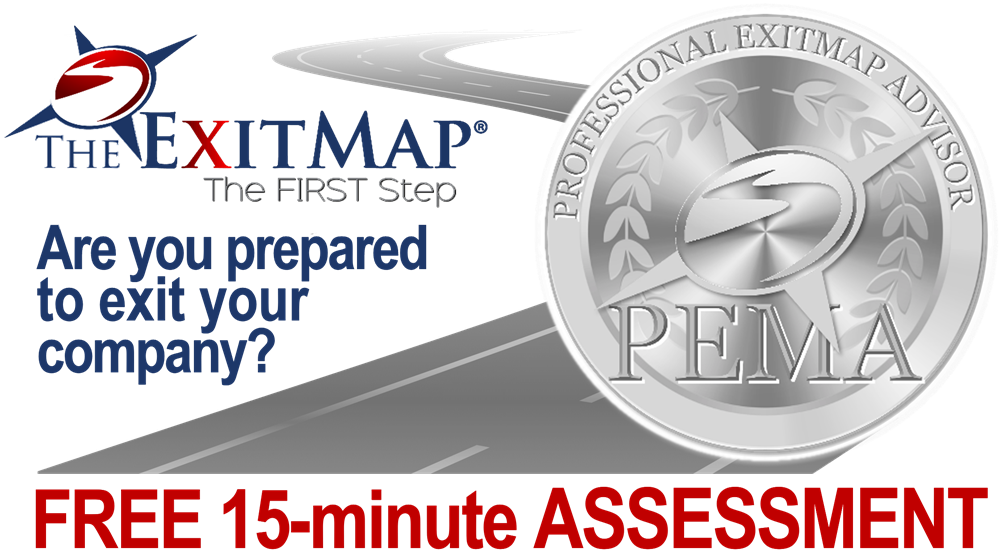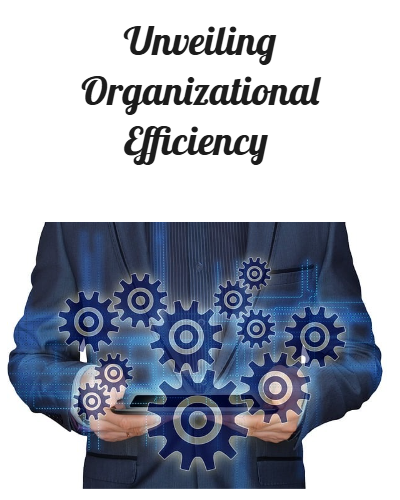Do you feel like no matter what you have accomplished, you’re not getting ahead in your career? Have you stopped to consider whether or not you have an executive presence? It is more important than you realize and could be why you are not advancing.
Here’s what you need to do to develop the executive presence that keeps you from your high-level position.
-
- Be Seen
There’s no hiding in the back of the room if you want to be a leader. Speak up during meetings when you have something of value to share. Show up to meetings early. Shake hands with people and introduce yourself.
-
- Think Before You Speak and Answer Strategically
Before you share your ideas, really think them through. Then, give others a strategic answer. Talk about the big picture without getting bogged down in the smaller details. If you are a strategic thinker, people will recognize that and want to hear you out.
-
- Dress Like a Professional
Even if your office has a casual Friday or out-of-work event, you should still dress the part. Never be too casual in your workplace, no matter what day it is. If you want to be an executive, you should dress like one.
-
- Listen To Your Voice
As weird as it may be to listen to your voice, you should hear what others are hearing. Record a video and listen to how you sound. You might be shocked by what you hear. Use those recordings to train yourself to speak in a way that is clear and distinct.
-
- Get Honest Feedback From People You Trust
Find a few people who can be honest with you about your presence. These need to be people that you trust, and that will share with you openly a few things you can change. Ask them to give you 2-3 specific things they suggest to increase your executive presence.
After you hear what those advisors say, you should make the changes. Listen to them without becoming defensive. Go back to those individuals after a few months and check in on how you are progressing.
If you are ready to move to the next level, you must develop the right presence. Start separating the way you do things from those that are lower level. Pay attention to what executives are doing and then follow suit.
We would love to hear your comments or questions. Contact us today!
Gary Brunson
gary@myclearfocus.com
Debra Rider
debra@myclearfocus.com
574.361.2674
Sustainable Growth & Profit Consultant, Coach, Mentor, and Counselor/Therapist for Business Owners and Professionals.











